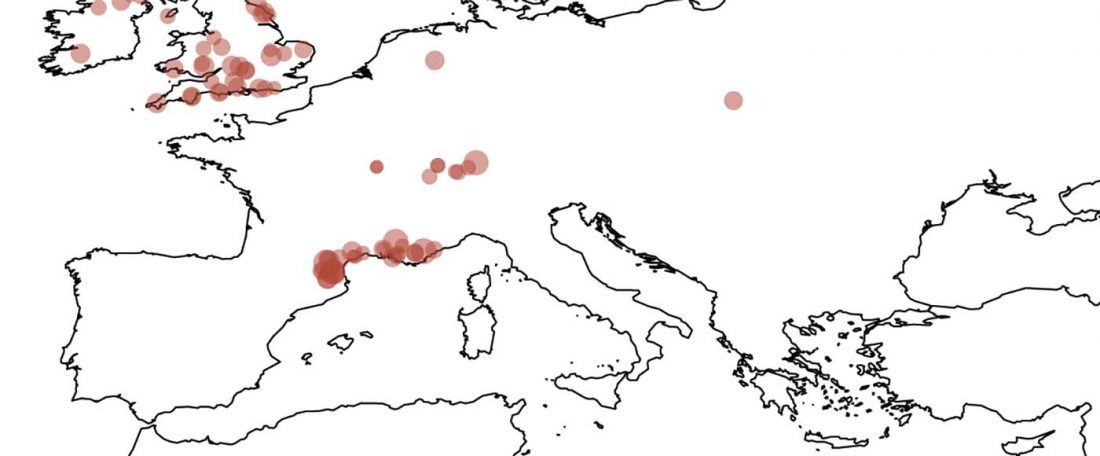The recently published preprint Assessing the Performance of qpAdm, by Harney, Patterson, Reich, & Wakeley at bioRxiv (2020) offers some interesting clues about what previous papers using qpAdm might have done right, and – more importantly – what they might have done wrong.
Since it doesn’t make much sense to repeat what this open access paper says within quotes, I will try to use short sentences or rework them to sum it up, illustrating best practices and common pitfalls with what I believe are corresponding examples with Steppe-related populations to date, with an emphasis on Bell Beakers. Most … Read the rest “qpAdm best practices and common pitfalls”

